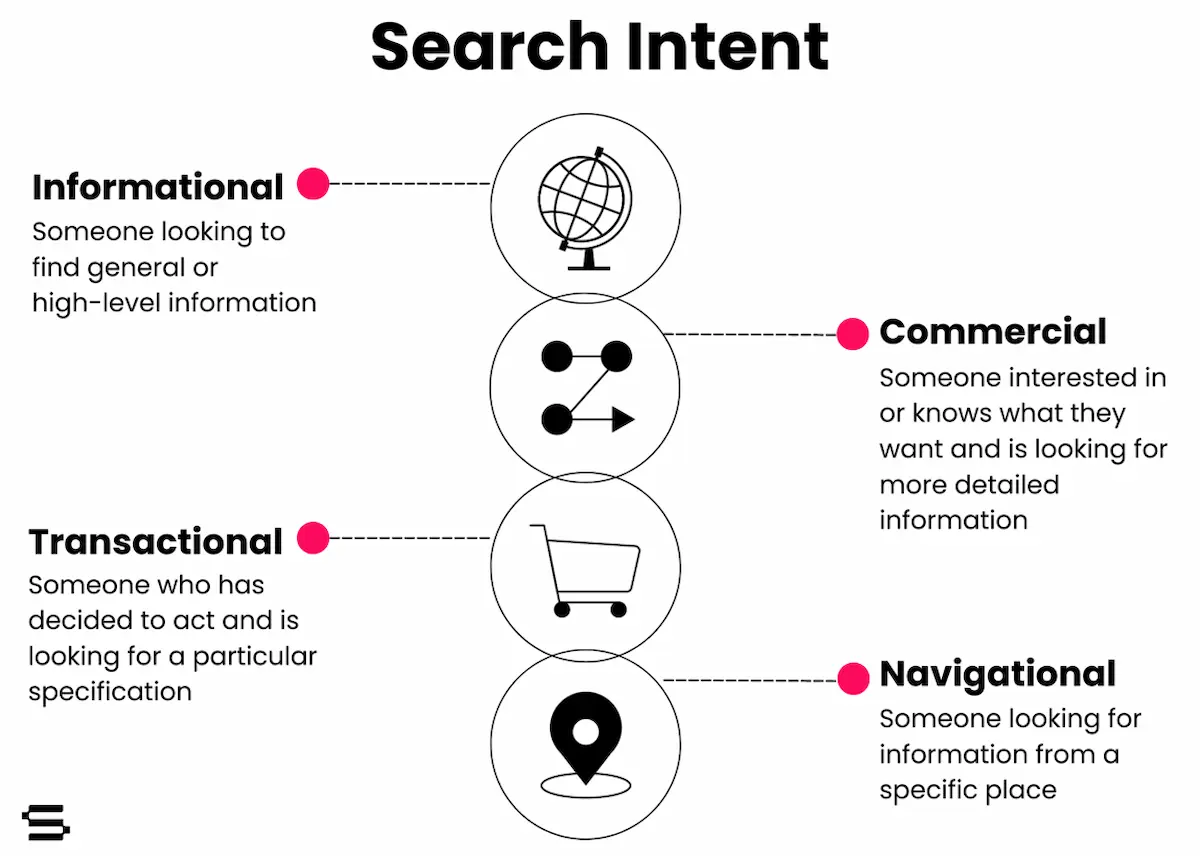💡 Imagine this: You just kicked off with a client (or you are the client) and it's the company's first time working with an SEO agency.
This client sees how much value that SEO can bring but is concerned about where and how it's going to fit into its existing strategy. Like many other businesses, this marketing team wears a lot of hats, needs to work with an agency that can manage quick pivots, can collaborate with other marketing, creative, and development teams, and hasn’t ever had to incorporate SEO into their initiatives before.
Even the most experienced in-house marketing manager or SEO consultant may take a look at the above and say to themselves, “How the heck are we going to integrate SEO into this client’s existing marketing strategy and process?”
In this post, we’ll walk through our approach:
- Invest in Client Education
- Align SEO to Internal & External Impacts
- Understand Who Needs to be Involved
- Know When The Juice Is Worth The Squeeze
Invest in Client Education
It is essential to teach clients about SEO and the “why” behind your strategy, both to get buy-in and to help them see the value in your recommendations.
However, SEO jargon can seem like an alien language to people who don’t specialize in it and SEO can be challenging to explain for specialists who are knee-deep in the SERPs daily.
Here are some quick tips for educating clients about SEO:
Start with SEO 101
During kickoff, working in time for an SEO 101 session with your point-of-contact, other stakeholders, and anyone from your client's team who wants to learn a little more about SEO, will give you a great baseline for understanding your client's familiarity with the discipline.
It also opens the floor for your client to ask questions, and to get a better grasp on complicated elements of SEO like the Google Algorithm and current Search trends.
Translate Value in Your Client's Language
This will vary by industry. For example, if your client is in healthcare, the people who are visiting their website aren’t “users” they are patients. In this example, it would also be better to speak to conversions in terms of appointments or visits.
Demonstrate How SEO Impacts other Channels
It is good to know what other marketing initiatives are happening alongside SEO, so you can anticipate where analyses or new content could be leveraged cross-divisionally, such as in Paid landing pages or Email campaigns.
Explain ... then Explain Again
Sometimes what may feel like over-explaining the process and “why” behind SEO recommendations, is actually giving a client the background they need to confidently move forward with our strategy.
Align SEO to Internal & External Impacts
In the discovery phase of a client kickoff take extra care to note any seasonality, sales seasons, conferences, emerging industry trends, or upcoming product launches that could play into the optimal timeline to make optimizations to your client's site.
There are also internal interests that should be considered such as your client’s current staffing, dev team implementation sprints, other marketing initiatives, or where they are at in their fiscal year.
With all of this considered, you can then start to bake out your SEO roadmap, building in extra time depending on who will need to review your recommendations, as well as how long it will take for approval, to write content, and implement it on the site.
Don’t forget to allow time for your content to be indexed and mature! It can take several months to see consistent traffic to an optimized page, and even longer for a new URL, so if you want your holiday content to perform well for example, you’ll need to have it up long before December.
The ultimate goal here is to integrate SEO seamlessly into your client's internal processes while continuing to drive organic value to their site.
Understand Who Needs to be Involved
Once your client understands how SEO works and you’ve got your project plan up and running, the next step is to nail down who exactly needs to be involved with what.
This is something that often takes time and some good old trial-and-error to determine, but here are some questions to ask yourself as the consultant.
- Where are there recurring bottlenecks in your current process?
- How can you streamline getting feedback from several stakeholders at once?
- Does your SEO initiative need to be touched by every person currently involved?
- Is this discussion too granular to be valuable for this person?
These are questions that you can ask yourself while presenting recommendations, hosting brainstorming sessions, or sending calendar invites for larger business reviews.
Understanding what stakeholders need to be involved and when takes the cognitive load off of their internal team where possible, ensures that you are productive with any facetime you get with your client, and avoids having “too many cooks in the kitchen”.
Know When The Juice Is Worth The Squeeze
We all know that SEO can be a very complicated and time-consuming commitment that often requires the work of several teams (e.g. content writers for copy, designers for imagery/video, and developers for on-site implementation).
Knowing this, it is the job of the SEO consultant to determine what efforts are worth the lift and to have flexibility around what the end-state of a recommendation may look like. Keep in mind that content can always be reiterated and that deprioritized opportunities can always be revisited when bandwidth or resources allow.
Overall, keeping the mentality that you are partnering with your client to maneuver obstacles and drive SEO value together, will ensure your partnership is a success.
Learn more about SEO from Seer
Seer champions audience-first SEO strategy. But don't just take our word for it:
View SEO Services Read SEO Blog Posts


